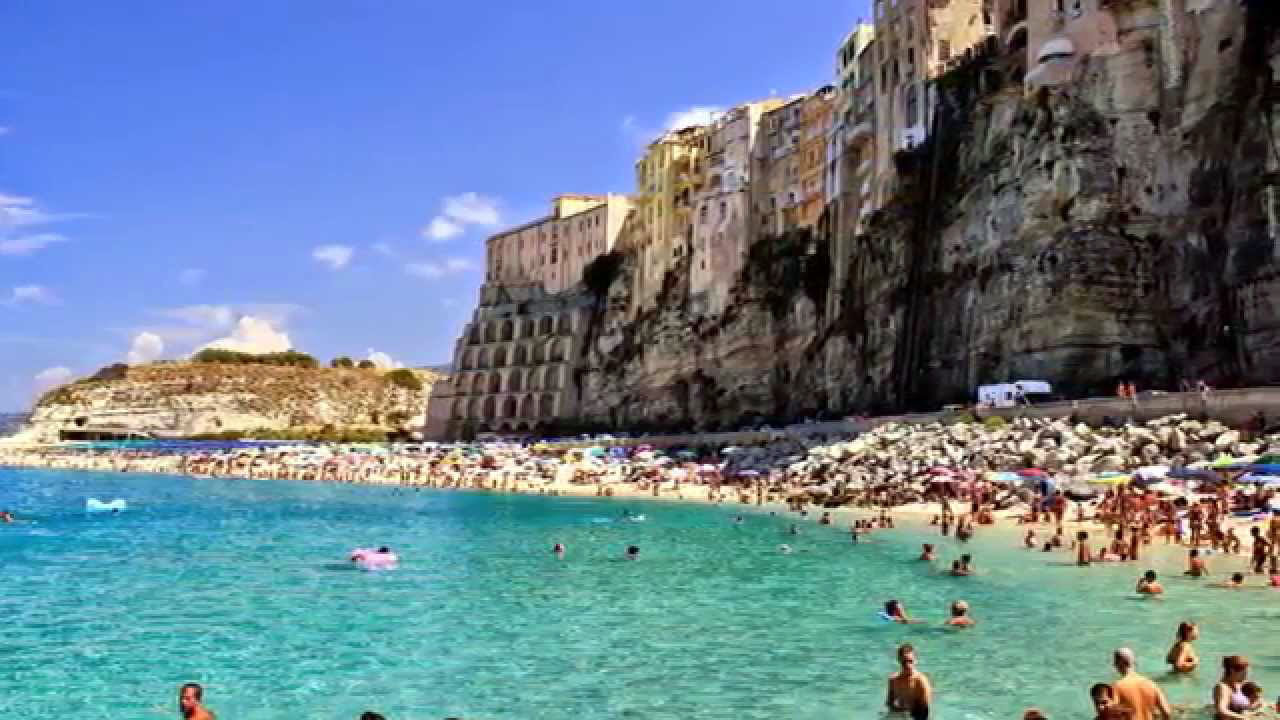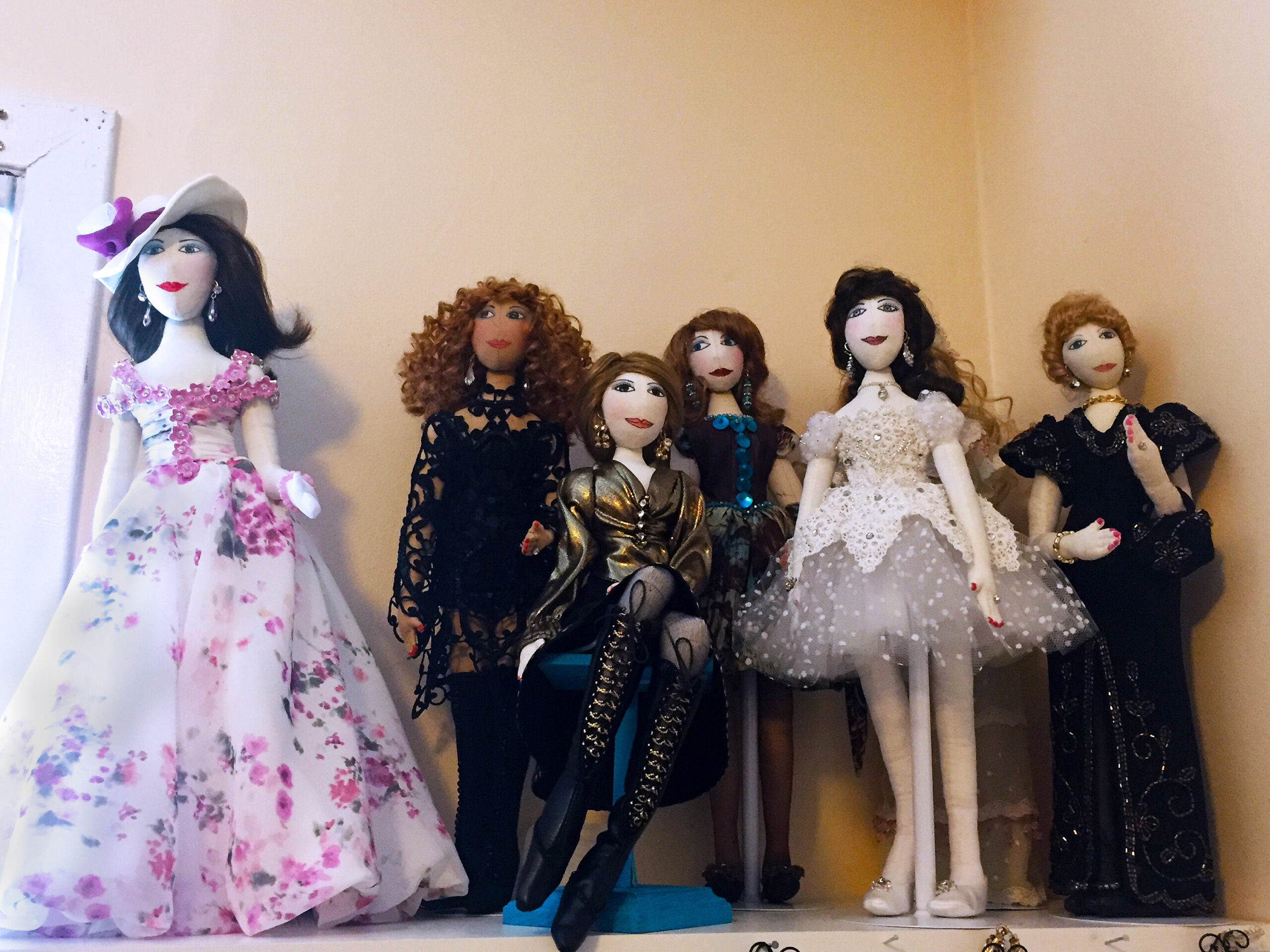In the middle of the region of Calabria, south of Cosenza and north of Reggio Calabria, sits the charming province of Vibo Valentia. Situated on a small peninsula on the Tyrrhenian Sea, its roots are lost in antiquity, but the capital city, also known as Vibo Valentia, is a city of culture and rich history, while elsewhere the province is filled with beautiful, untamed areas and beautiful resort towns.
The province extends over the Tyrrhenian coast and through the Serre Mountains, including the great farm district of the Poro plateau. Vibo Valentia was originally the colony of Hypponion before being conquered by Ancient Rome around 230 BC. It was renamed Valentia in 182 BC. During the fifth century AD, it was repeatedly attacked by Muslim navies and was ultimately destroyed. It was centuries before Holy Roman Emperor Frederick II, had the town rebuilt and in 1284 it passed to the Ruffo family. Closely linked to the Holy Roman Empire, the city enjoyed a period of great development that continued even through the years of its domination under Napoleonic rule.
Vibo Valentia was separated from Catanzaro as a distinct province in 1992 and owes its allure to its fabulous weather and proximity to the cobalt blue Tyrrhenian Sea. It includes an extraordinary wealth of archeological sites and unexploited landscapes, with a coastline interrupted by a myriad of small bays and cliffs that act as balconies over the Mediterranean, such that on clear days, the astounding views allow visitors to see all the way to the Aeolian Isles.
The Gulf of Sant’ Eufemia to the north and the Gulf of Gioia Tauro to the south are surrounded by hills and mountains. As one moves from place to place, it is easy to make one charming discovery after another. Its rugged coastline is filled with rocky inlets and sandy spots. The interior, which is dominated by the Serre Massif, rises to a height of 3,500 feet and towers above the wide valleys and green plateaus.
Vibo Valentia is a city dominated by the imposing castle built in the mid-11th century by Roger the Norman. Today it houses the Archaeological Museum named after Vito Capialbi, a famous scholar of Vibo Valentia. The Museum is divided into four main sections: findings from sacred buildings; from the necropolis; from private collections and from the Roman period. The exhibition begins with objects of long ago, such as a prehistoric hut uncovered during a building project and a sword from the 13th century BC. On the first floor are ceramics, bronze helmets, votive statuettes, as well as ancient gold and silver jewelry. The lower floor displays findings from the necropolis, dating from the late 7th to the 3rd century BC, including two ceramic warriors. From the Roman era are beautiful mosaics and an exceptional collection of almost 900 silver coins from the Empire.
The city’s historic buildings are preserved in excellent condition; its buildings faced with yellow stone and streets paved with lava rocks. The old town contains important noble buildings, such as palaces of the Capialbi and the Marquis of France.
Heading down the coast, one reaches Pizzo, a small medieval city situated on a steep cliff overlooking the Gulf of Santa Eufemia. Its historical center is a maze of alleyways running into the main piazza, which is a popular place to meet during the summer nights, cooled by the breezes of the sea. The small Church of Piedigrotta, dug into the tufa, is also a local attraction. The Piedigrotta and Prangi areas include some sea caves and “the cave of the Saracen,” although largely eroded today, it was used by Saracen pirates to store booty and people captured during their raids along the coast of Calabria.
The former King of Naples, Joachim Murat, brother-in-law of Napoleon, was imprisoned for several days in the Pizzo’s Aragonese castle and then sentenced to death. He was executed by a firing squad on October 13, 1815, in the main hall of the castle and was buried in the Church of San Giorgio. The castle is now named in his honor, or perhaps infamy.
Further down the coast is the most famous resort town in the province, Tropea. Located along a stretch of coastline called the Costa degli Dei, the Coast of the Gods, it is blessed with impressive scenery is considered to be one of Italy’s finest summer holiday destinations by those in the know. The coastline curves outwards in a large hilly bulge, boasting dramatic cliffs, sunny beaches and a string of little resorts. It is the busiest and most attractive of the seaside towns of the area, with a historic center perched on cliffs above the sea.
A common social activity in the town is one of Italy’s most traditional ones. At any time of the day or evening you’ll see tourists and locals taking a ‘passeggiata’ down Corso Vittorio Emanuele. Strolling along and people-watching, you will eventually reach the end of the street with its dramatic view over the beach and sea. There are not many specific tourist attractions, but the town is a maze of pretty lanes and palazzi, with hidden little squares where you will find shops to explore and affordable restaurants to enjoy. Nowadays the town spreads out further, so after you have wandered among its lanes and enjoyed some refreshments in the shade of a cafe umbrella, you will want to descend to the sea, both to enjoy the beach and the best views of Tropea’s citadel.
The most famous views of Tropea are from the large rock outcrop that juts into the sea, opposite the center of town. This was once an island and the attractive monastery on the summit, Santa Maria dell’Isola, sits in gardens above the sea. Tropea may be a simple small town dominated by tourism nowadays, but it has enjoyed significant prosperity throughout the centuries as is evidenced by the many churches, grand palaces and majestic portals throughout the town center.
Tropea’s Norman cathedral, the Duomo, is one of the most interesting buildings in town and nearby is a small museum located in the Palazzo Vescovile – the Bishop’s Palace. As one might expect, it contains primarily religious art, including painted wooden statues and silver reliquaries.
In a country where food is all-important, Tropea is world famous for its red onions. You can buy strings of onions along with other local foods and wines in many places in town. Those who like pepper and hot, spicy food will appreciate the region’s fiery products.
The large and varied territory of the Vibo Valentia province encompasses an extraordinary wealth of natural and architectural beauty, history, culture and traditions and provides for its important role in national and international tourism.





